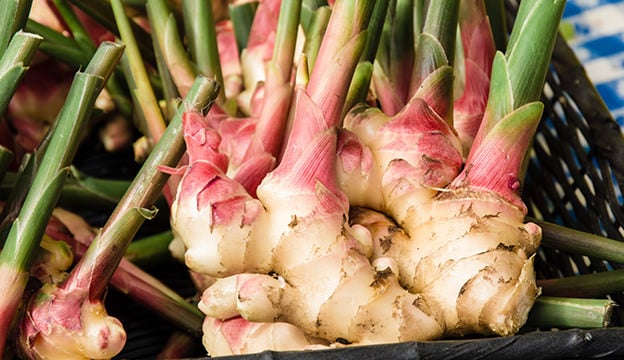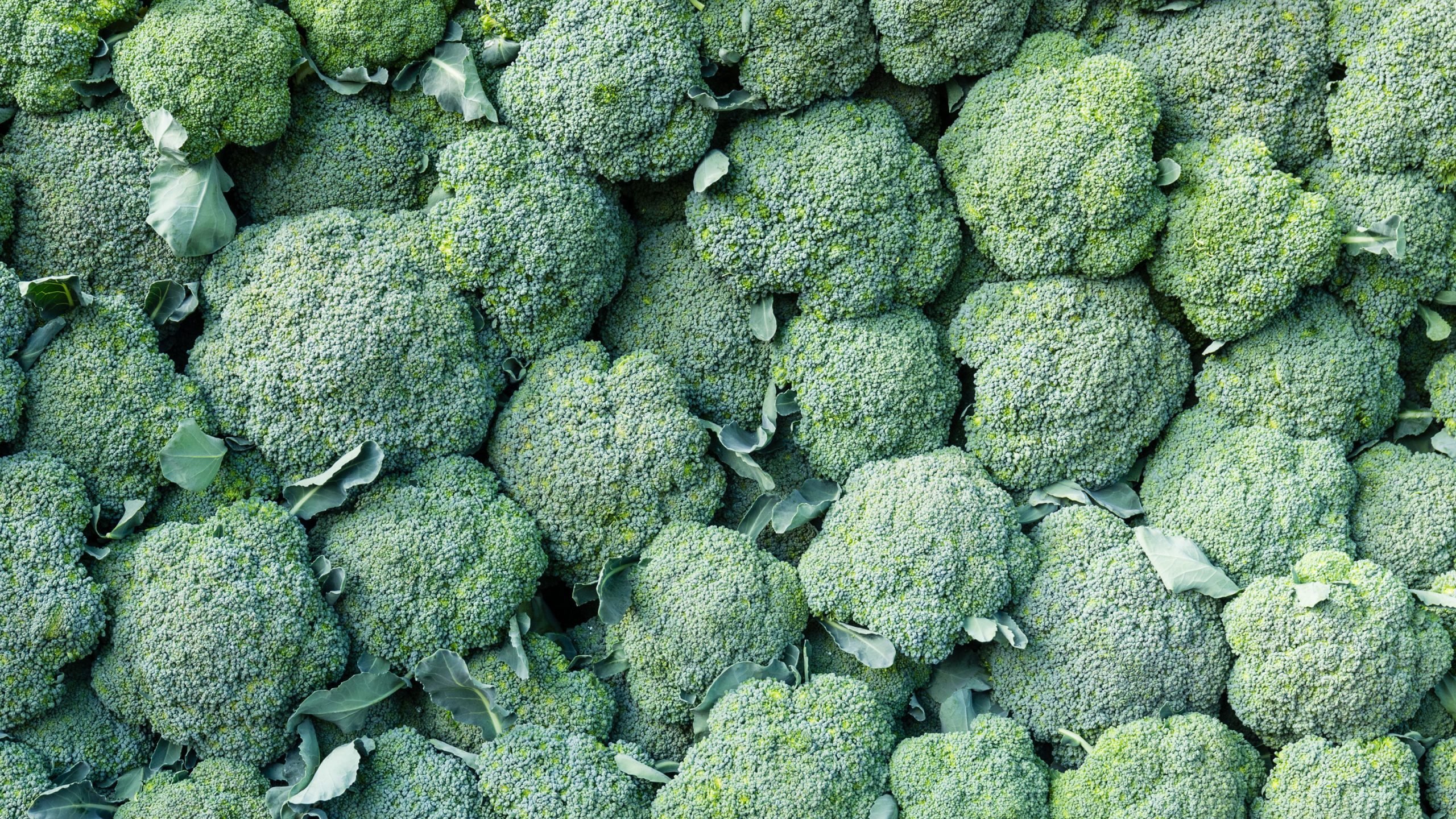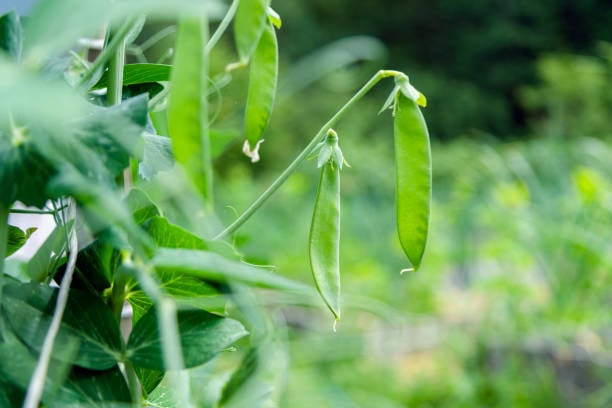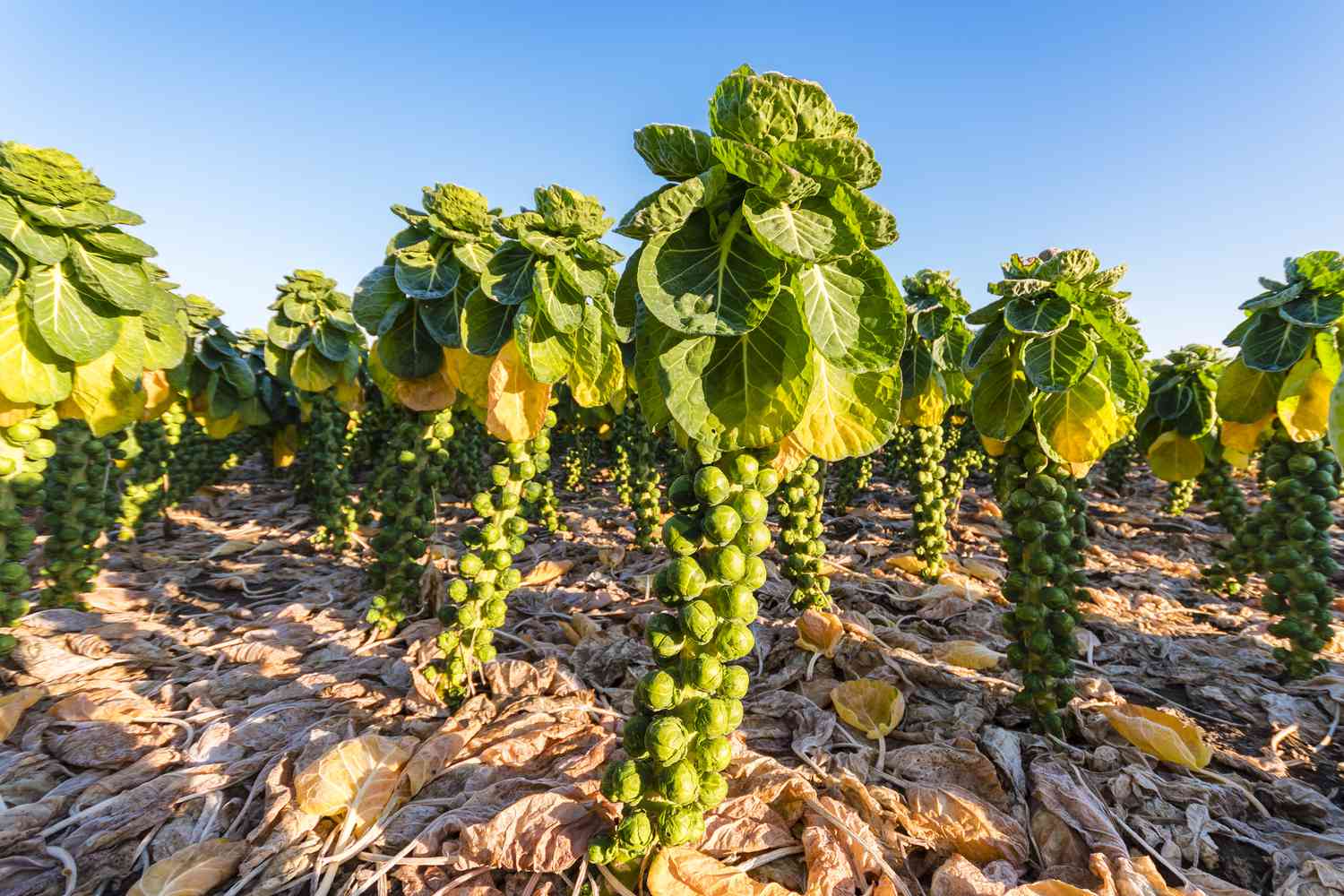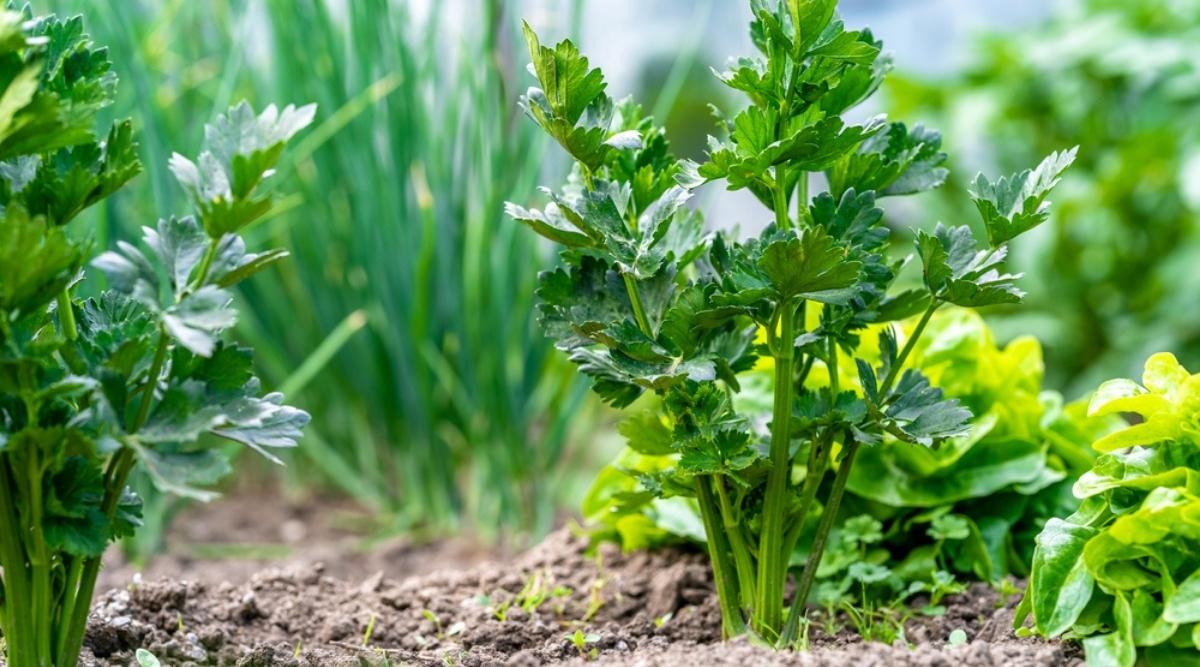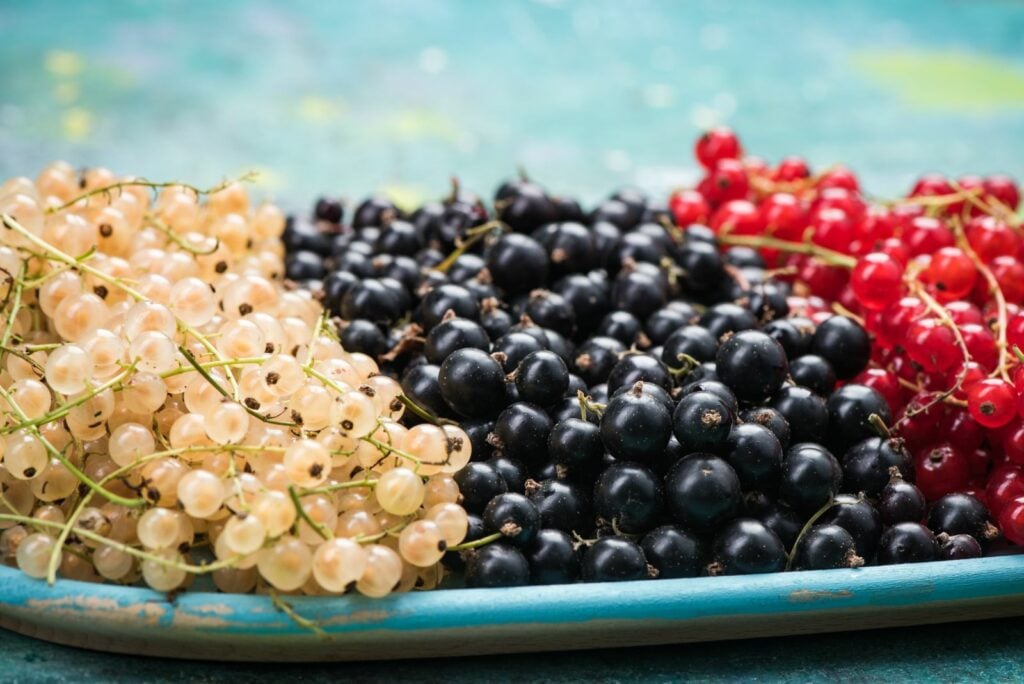How to Care for and Harvest Desiree Potatoes
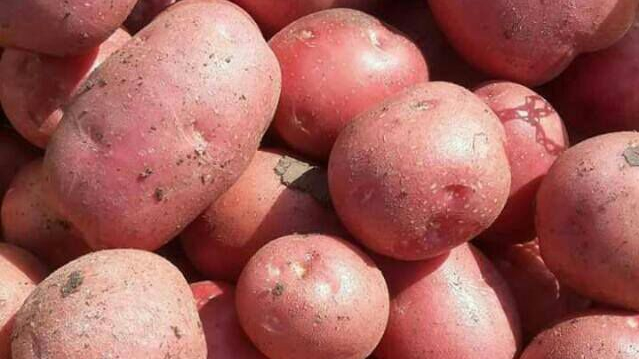
Table of Contents
Desiree is a red-skinned variety of potatoes. This variety is widely grown as the main crop, which means it is produced as the principal crop of the season, having the highest value of the total production. They are loved for their firm, creamy textured flesh. Their skin is a lovely shade of red with a gloss to it, and the flesh is light yellow.
Desiree potatoes make a perfect culinary ingredient. They are versatile for all cooking purposes and can be fried, boiled, roasted, steamed, and mashed. They can easily be grown and are easy to care for, which makes them quite popular among home growers. They occupy the ground for a longer time, but they produce a heavy yield.
We are here to tell you all about the plantation of Desiree potatoes, how to care for them, and how and when to harvest them. So if you are new to this variety of potatoes or you have no idea how to care for them, we have got you covered.
Characteristics of Desiree Potatoes Plant
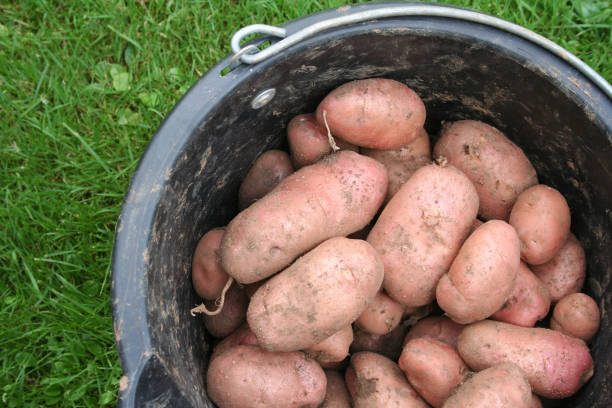
- The botanical name of the Desiree potato is Solanum tuberosum which is native to the Netherlands.
- It grows best in moist but well-draining soil and prefers a slightly acidic neutral soil type.
- The plant is of medium height with leafy green foliage and a pretty white flow.
- The best time to sow desired potatoes is in summer; they flower during spring and can be harvested in early winter.
- They grow best in full sunlight in an exposed to lightly sheltered area.
- The potatoes are fairly large if left to mature to their full size as a maincrop potato.
Where and How to Grow Desiree Potatoes
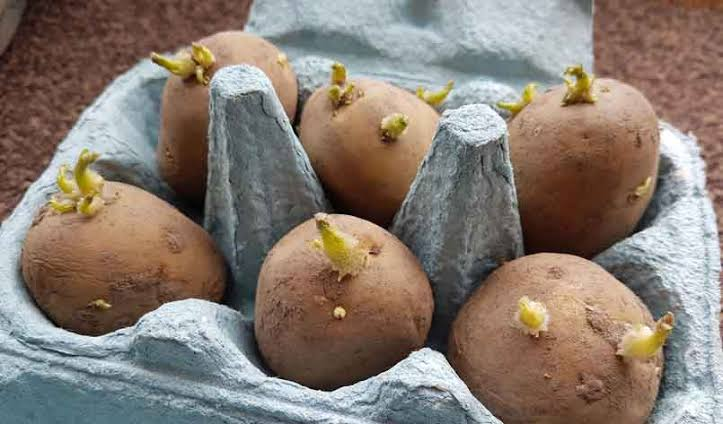
Desiree potatoes can be grown on the ground or in containers, just like any other potato variety. They grow best in fertile soil, which is well draining and gets full sun.
Desiree potatoes can be chitted before planting to give it a good head start. Though it is not compulsory, chitted potatoes can give you an earlier and bigger harvest. Chitted potatoes mean sprouting them before planting them in the garden. To chit your potatoes, just leave them in a tray for a few days, away from direct sunlight, until some shoots appear on its surface. If too much growth appears, leave the strongest two or three and rub off the extras.
Do not chit the potatoes bought from supermarkets; they won’t grow well as they are treated not to sprout and are prone to disease. Buy seed potatoes from the gardeners’ market to get the best growth. The best time to plant outdoors is peak summer, that is, late March or early April. So start the process to chit the desired potatoes four to five weeks before that.
Desiree Potatoes Plant Care
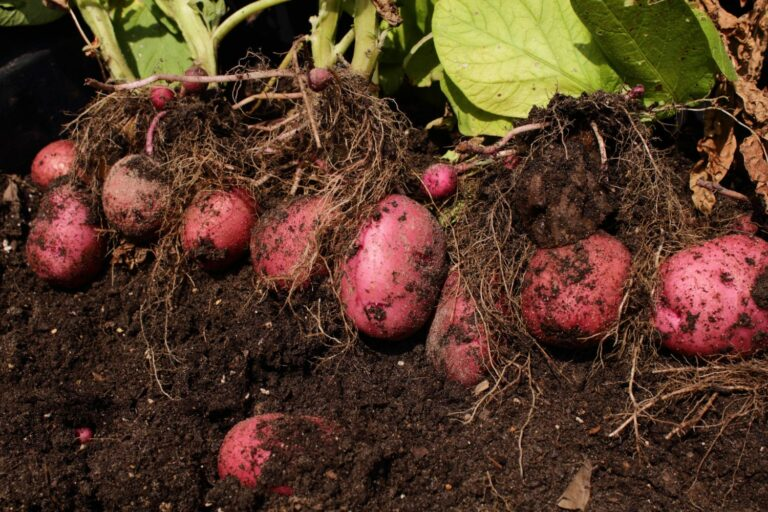
Desire plant care is quite easy, and you just need to follow standard plant care rules. You do not have to invest much of your time to get a promising yield; the results often exceed the expectations while planting desiree potatoes. That is why it is grown widely on an industrial scale by farmers.
1. Fertilizing Process
Desiree potatoes prefer slightly acidic soil, so do not use lime in the area where potatoes are to be planted. Fertilize 1-2 inches of the soil evenly with planting compost before planting the chitted potatoes. Water-soluble fertilizer can be used at the interval of two weeks when the potatoes are in the growing phase.
2. Watering it Properly
Desiree potatoes do not need frequent watering. They are pretty tolerant to drought but cannot stand high humidity. It is essential to water them on hot days because moisture is needed for the full growth of tubers. You can also use drip irrigation to water the roots directly. It can help you to keep the soil moist without creating humidity. Do not water the potato crops after flowering.
3. Weeding Techniques
Crop Weddings are carried out as the unwanted plant grows around the crop. Weeds are a threat to potato crops as they can be home to several fungal pests which multiply quickly and spread to potato crops.
4. Apply Mulch
After removing the weeds, the soil is mulched with natural mulching materials available in your area. Dry sawdust, straw, or peat also works for mulching desiree potatoes. It stops the weeds from growing again by hindering their growth and saves the plants from ground pests. Confer leaves can also be used to mulch potato plants.
5. Disease Control Method
If your potato plantation catches late blight, all plants are sprayed with copper-containing preparations. The fungal infection spreads quite fast and can destroy up to 70% of the plantation. They develop the fastest in soil with high humidity, so it is important to control the moisture level in the soil. The infected crop should be destroyed, and the remaining should be treated with drugs.
How to Harvest Desiree Potatoes
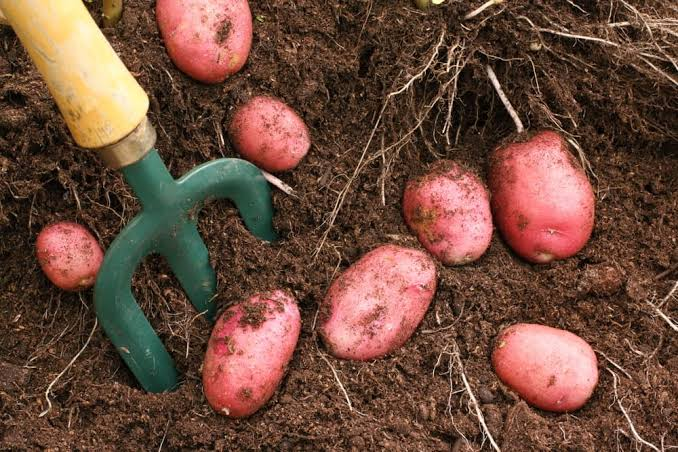
1. When to Harvest Desiree
Desiree potatoes are usually ready to harvest after 4 to 5 months of plantation. The appearance of its foliage will tell you if the potatoes are ready to dig out. When the stems and leaves have started to wilt and if the flowers have started making an appearance, that means your crop is ready. Your potatoes have consumed as much sun and air as they needed to grow and now are developed fully to dig or pull out of the ground.
2. How to Harvest Desiree
When your potatoes are ready, you can pull them off the ground one by one by lifting the foliage, or you can dig them out with your hands or some specialized potato-digging tool like a potato fork or a potato scoop. These tools will help you dig your potatoes up without causing them any damage. For the best harvesting experience, it is recommended to loosen up a bit of the soil around potatoes before digging them out. Pull them out slowly, one at a time, and relish in the satisfaction of having an amazing yield.
How to Store Desiree Potatoes?
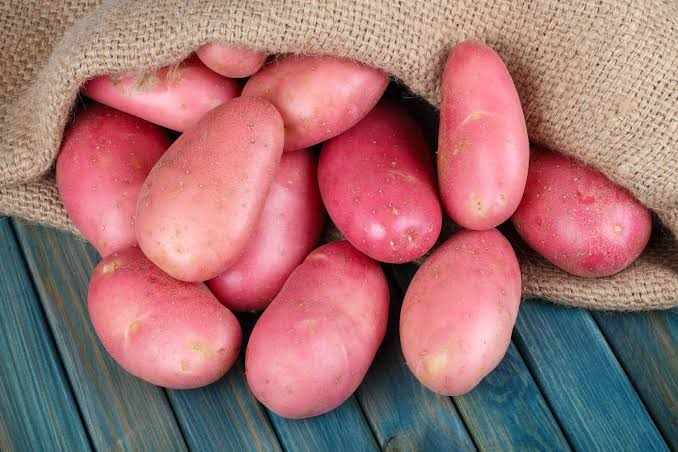
Some varieties of potatoes are classified as “early”, which means they are ready to be consumed just after they are off the ground. It is not the same with the main crop, potatoes; they should be stored well for weeks before cooking and consumption. Once your desiree potatoes are out of the ground, wipe the soil off them using a towel with gloved hands and leave them off to dry under the sun until there is no moisture left. Then store them in jute bags or paper stacks in a cool and dry place. If you store your desiree potatoes well, they will last to be enjoyed for up to five months.
Why Grow Desiree Potatoes?
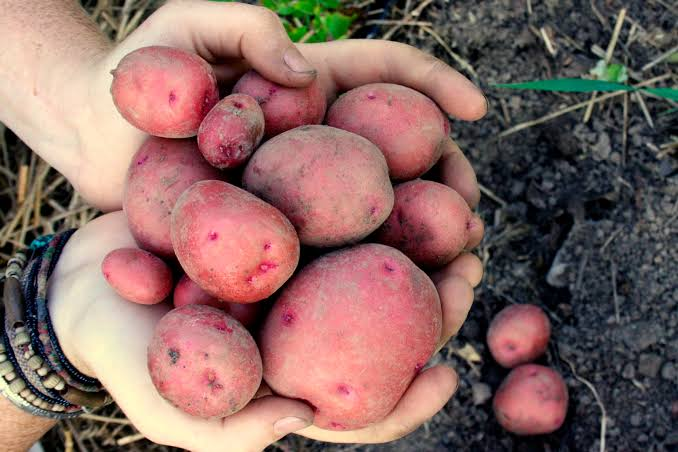
- Desiree potatoes have a pretty good resistance to drought, which makes them a perfect crop for the areas which face water shortages during summer. The crops do not need irrigation or water as frequently as other crops grown in the same area.
- The other best thing about Desiree potatoes is their disease-resistance capabilities. They are unsusceptible to diseases like potato warts or skin spots, which may be a severe problem while growing other varieties of potatoes.
- Desiree potatoes also have a good resistance against fungal infection that is found among potatoes called tuber late blight.
- Desiree potatoes are very versatile in the kitchen due to their waxy texture. It can be cooked in any preferred way in many types of cuisine. From french fries to mashed potatoes, they taste perfect in every form.
Things to Take Care of While Desiree Potato Plantation
- Though Desiree potatoes are tolerant to drought and immune to any sort of disease, things can still go wrong in some ways, and you may face problems getting a healthy crop. The tubers, which are part of the potato we eat, are generally not affected by late blight, but its foliage can get affected.
- Desiree potato is not resistant to common scabs. Common scab is a soil-borne disease that is caused by bacteria-like organisms. So, if your plants have ever experienced common scabs before, it’s not a good idea to plant desiree potatoes in your garden.
- This variety of potatoes does not do well in every area, especially the places with a lot of moisture and water in the soil. When desiree potatoes are grown there, they may turn out bland and watery. So if you stay in any such area, it is better to go with a different variety.
Summing Up
All in all, Desiree Potatoes are the most loved ingredient in every household, from kids to elderly people, and everyone enjoys them. They give a beautiful texture to the delicacies because of their waxy consistency, so it’s only fair to grow them in your garden. They are pretty low maintenance, and trust us, the little time you spend taking care of them is worth it.
Taking care of your desiree potato plantation is not a tough task; it is mostly the same as taking care of any other potato. This guide will help you through your journey of growing your own potatoes. But, If you are not sure about going all out with your plan, desiree potatoes can easily be grown into containers too.
Just make sure to give the seeds a little space while planting, and you are all set to go!

